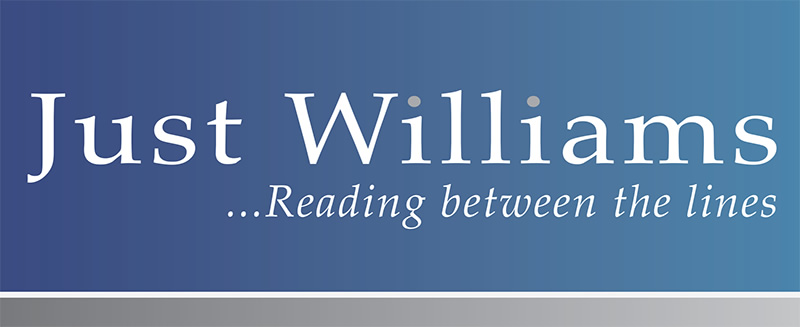
The Bank of Japan has just cut its overnight interest rate from 0.1% to minus 0.1% while Sweden’s Riksbank took its lower still from minus 0.35% to minus 0.50%. The Japanese have therefore joined the club that the Swedes already belonged to, along with the Danes, the Swiss and the European Central Bank. Even U.S. Federal Reserve head honcho Janet Yellen admitted the Fed was keeping its options open regarding negative rates. Considering the Fed raised rates for the first time in 9 years back in December, it wasn’t a statement that enhanced her organisation’s credibility.
The crude logic behind negative rates is that by punishing retail banks which deposit excess reserves at their central bank, they will instead be incentivised to lend such funds to their customers. It also acts to weaken a country’s currency; with world economic growth stalling, exporters need all the help they can get.
Now, readers possessing an average level of common sense (should any politicians, mainstream economists or central bankers be on our distribution list you can probably skip this paragraph) may already have concluded that under present economic conditions there could be sensible reasons why banks have excess reserves parked with central monetary authorities. Perhaps they believe too many prospective borrowers are not sound enough propositions? Alternatively, the more robust customers they would naturally wish to lend to might have more modest borrowing requirements? Either way, do banks really need ‘encouraging’ in order to engage in their raison d’être? I doubt Uncle Ben needs a nudge to sell rice any more than Mr Kipling does to sell cakes or Ann Summers to sell…….well, you get my drift. At the risk of stating the obvious, attempting to force banks to lend on marginal projects risks turning today’s loans into tomorrow’s bad debts and that’s a film we’ve seen before.
Of course, Japan has been a monetary policy laboratory for years. Its interest rates have been below 1% since 1994 and quantitative easing was first deployed in 2001. So, a mere 22 years of the former and 15 years since the commencement of the latter has resulted in a moribund economy, negative interest rates and a mind boggling public debt/gross domestic product ratio of 250% (as a rough benchmark, most industrialised economies sport a ratio within touching distance of 100%). Perhaps we should just be grateful such unorthodox policies have illuminated the path to economic salvation; one could only imagine the result had they failed.
John Newsome can be contacted on: 01423 705123 or email:john.newsome@williams-im.com

